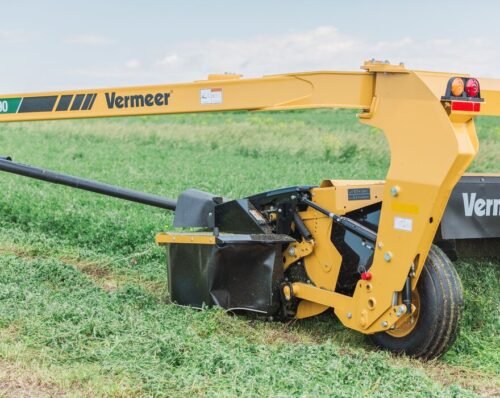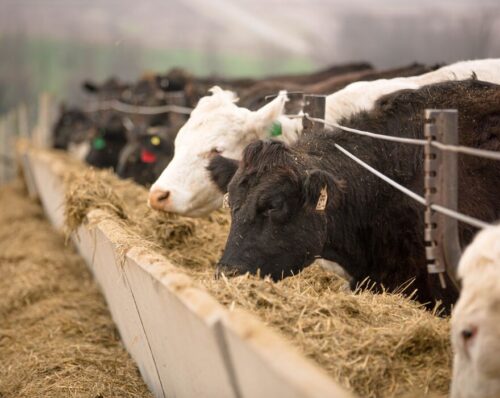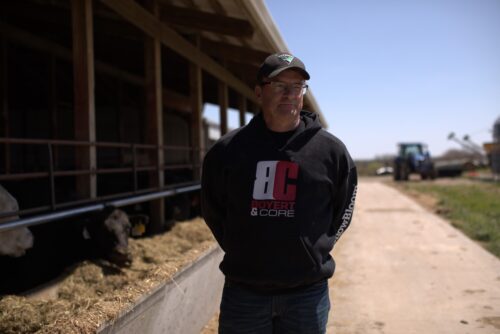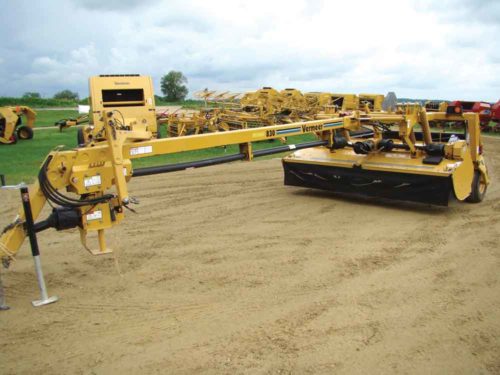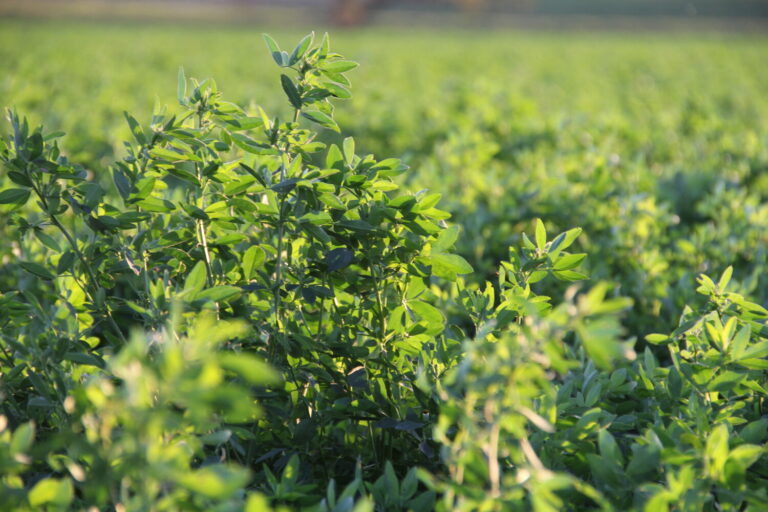
Develop a Crop Rotation Plan for your Operation
July 2023
Since its inception in 1897, crop rotation has become a common and necessary tool for improving soil and crop health. But how much can a simple change in your crop rotation plan benefit your long-term productivity?
Dr. Mark Licht, associate professor and extension cropping systems specialist with Iowa State University Extension and Outreach, said it is substantial.
“Adding a more diverse and longer rotation helps build soil health,” he explained. “It helps with microbial diversity; it helps with soil structure, water infiltration and a whole host of things.”
Producers see benefits of crop rotation plans
Diversifying the farm is not a one-size-fits-all prescription. Like many things in agriculture, every producer has a unique business model to fit their environment, budget and management style. Even so, Licht said everyone can benefit from diversifying their crops — whether it be with a small grain or forage.
“The more diverse a rotation is, the better soil health you have,” Licht said.
The better the soil health, the more productive the land can be. Dr. Dan Loy, director of the Iowa Beef Center, agreed.
“The agronomic benefits are what a lot of people talk about because you improve water quality, soil health, carbon sequestration and all of those types of things,” he said.
A long list of benefits can often bring some challenges. That’s where you must put pen to paper and confirm where this management strategy can help your operation. Loy said for a livestock producer, the value is easy to find.
“In terms of crop rotation of forage utilization, it does benefit cattle operations,” he said. “In a period of time where our hay and feed prices are at record highs, that has a lot of value in terms of feed for cattle.”

This idea is not novel. In fact, the old is being made new. Loy said this concept of using forages in crop rotations was commonplace when he was a kid, but it faded as production goals shifted toward cash grain. Today, he has seen it shift back.
With or without livestock, there can be value in diversification if done strategically. Licht advises farmers to experiment before betting the whole place on one crop rotation plan, though.
“When I start talking to people about changing their production system, I almost always tell them to start small,” he said. “Start with 20 acres or 40 acres close to the home.”
A crop rotation guide for farmers
Licht offers one example of a successful crop rotation plan: plant a cover crop after harvesting corn or soybeans. He said a farmer can achieve quite a bit of biomass without compromising any yield penalty with this strategy.
Loy said having livestock or producing hay for livestock can also play a role in a crop rotation plan. After a spring cover crop, his research team will plant a summer annual like pearl millet or sorghum-sudangrass. They take one crop of hay or graze in the middle of the summer, then allow that to regrow throughout the fall. Right before it freezes, it will be mowed and the cows graze that as long as they can.
“We were able to graze cows on that winter forage from the first of January until the first of March,” Loy said. “We just used a movable electric fence, gave them two or three days’ supply, and the cows could be fed by moving that fence in about five minutes.”
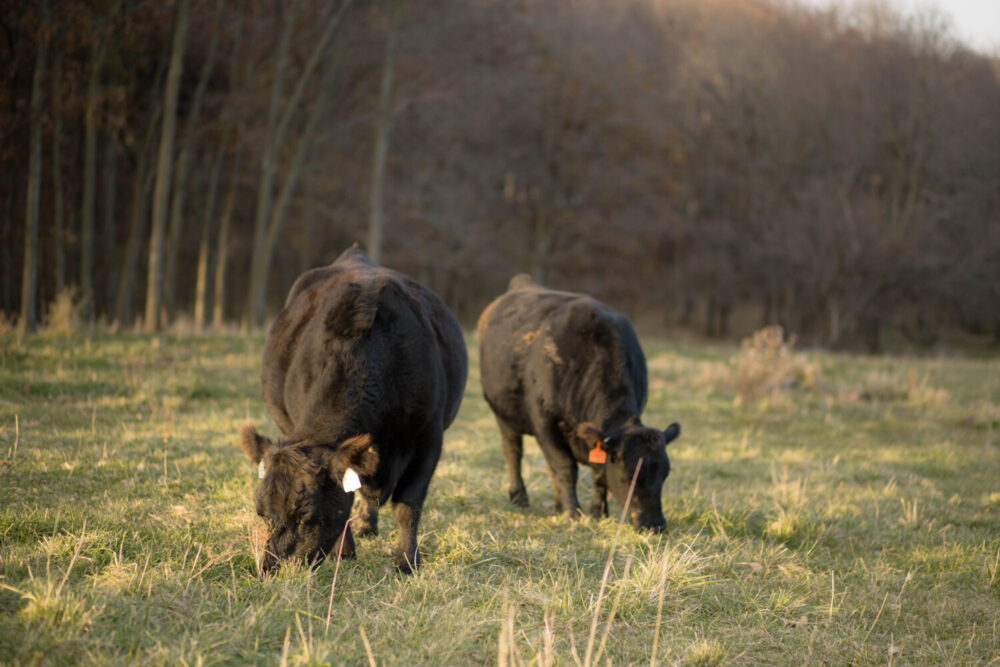
If cattle aren’t grazing, forage can be made into hay as another source of income for the farmer. Licht said changing a farm’s crop rotation plan requires learning pest management practices for different crops and how to use them once crops have emerged.
Cattle producers see even more benefits from a crop rotation plan
“If we have livestock as part of the farming operation, that’s where more diverse rotations start to benefit and shine more,” Licht said.
Loy said the benefit is seen when producers use the forage locally on the farm and recycle the manure back into the soil as nutrients. To ensure the success of this synergistic approach, you must consider the nutrition content of the forage.
“When the cattle are placed on a cover crop such as rye, it’s extremely high-quality grazing early in the spring,” Loy said. “The protein is going to be 20%, exceeding the protein requirement of virtually every class of cattle.”
As the crop matures, however, the quality declines as the yield increases. Balancing the tradeoffs to work in your favor can be a challenge that requires trial and error. Once you get it down, fall grazing on cover crops along with cornstalk grazing can extend the grazing season and decrease the amount of winter feed. Increasing the use of corn silage is another way crop rotation can add value for cattle producers.
“It allows a couple things,” Loy said. “They get two silage harvesters to be used as a forage component of their ration, but in addition to that, they have land that’s opened up sooner for utilization of the manure.”
Regardless of the strategy applied, a crop rotation plan is a vital part of a synergistic approach to sustainability and productivity on the farm. Loy and Licht encourage producers to implement a crop rotation plan this coming season.

